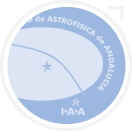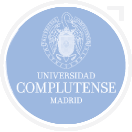Characterization of dust activity from Martian Year (MY) 27 to MY 32 observed by the Planetary Fourier Spectrometer aboard the Mars Express spacecraft
More than 2,500,000 spectra have been collected by the Planetary Fourier Spectrometer aboard Mars Express spacecraft after 12 years of activity. The data span more than six Martian years, from MY26, Ls = 331, to MY 33, Ls = 78. This huge dataset has been used to build a new database of atmospheric parameters, including atmospheric and surface temperatures, and dust and water ice opacity. Dust aerosols suspended in the atmosphere affect its thermal structure and are a major driver of the circulation. They are always present in the Martian atmosphere, but the amount varies greatly depending on location and season. We analyze dust opacities at 1075 cm-1 retrieved from the PFS long-wavelength channel spectra to characterize the dust activity on Mars for the relevant period. The dust storm season (Ls= 185 – 310) is monitored for each Martian year. All dust observations show a seasonal pattern, which is ruled by the occurrence of regional and/or global dust storms. Regional dust storms are observed every year, while a planet encircling dust storm occurred in MY 28, when the highest values of dust opacity are also observed ( 2.45).We characterize the spatial and temporal evolution of these regional and global dust events and investigate the effect of dust on surface and atmospheric temperatures.






























